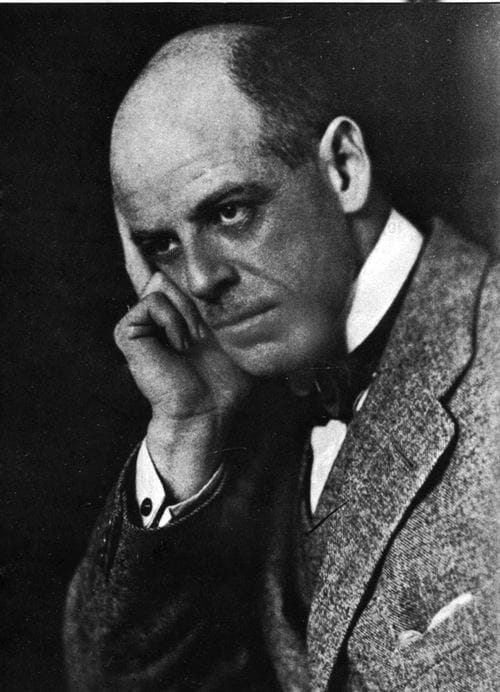Orange United States of America
To search our directory of workers at HM Factory Gretna either enter any name, place of birth or place of death in the search box or if you know what their job was from select from the drop-down menu.

Kenneth Bingham Quinan
Biography
Full name of worker at H.M. Factory Gretna (and any other names they are known by): Kenneth Bingham Quinan.
Gender: Male.
Date and Place of Birth: 3rd July 1878, Orange, Essex, New Jersey, United States.
Date and Place of Death: 26th January 1948, Bizweni, Somerset West, Western Cape, South Africa.
Nationality: American.

Biography
Childhood: His siblings were Henry W (Harry) (1864-?), Jessie (1866-?), Spencer (1868-1869), Clarence (Clare) (1870-1942), Wickham (1872-1964), George Ernest (1875-?), Ruth Amy (1881-1955) and Louie Shephard Quinan (1887-1965). He was their sixth child.
Parents: Henry Julius Quinan (1838–1900) and Julia Ann Wickham (1841–1892).
Parent’s occupations: His father and uncle had both been involved in the American Civil War. KBQ’s father was aide de camp to Stonewall Jackson (a Confederate general) and his uncle, Colonel W R Quinan, was gunnery expert and mathematician at the prestigious West Point Army Academy.
Schools / universities attended and years of attendance: Normal schooling but no higher education.
Occupation: Chemical Engineer.
Place of residence at Gretna: N/A.
Job title at Gretna: I could not find an official job title, but his job was described like this: During the war, Quinan was responsible for the design, construction and proper operation of a number of large munitions and explosives ingredient factories in Britain. He also wrote many technical reports and even oversaw the activities of the South Africa works.[1]
Marital status: Jean Buchan (Ollie) Pargiter (1902–1986). Marriage License 31st December 1923, Claremont, Western Cape, South Africa.
Children: David Michael Quinan (1924–1998) and Patrick Wickham STORM Quinan (1931–2004).
Travels: He worked in the United States, South Africa and in Britain.
Awards/recognitions: In 1917, he was one of the first recipients of the Order of the Companions of Honour, and the French government awarded him the Croix de Guerre. He was offered a British knighthood but, as an American citizen, he declined.
Trivia / any other information: in 1890 he joined his uncle W.R. Quinan working in a California industrial explosives factory. Under his uncle’s instruction he acquired considerable experience in the technology of explosives manufacture. W.R. Quinan was hired by Cecil Rhodes to build a factory in South Africa to supply explosives for the De Beers mines. K.B. Quinan joined him in 1901 as General Manager of the factory in Somerset West near Cape Town.
By 1909, this was the second biggest explosives factory in the world. Quinan proposed that the company also manufacture glycerine, an essential ingredient in the explosives process. This plant was completed as the First World War started, assuring the mining industry and the South African economy, which largely depended on the output of the mines, would continue to be viable during the war.
With the outbreak of the war, Britain required to build up its own supply of explosives for munitions. Lord Moulton, chairman of the committee on high explosives, determined that two new factories should be built. As all the British experts were already employed, he requested that an expert from South Africa be found. Quinan was selected and immediately left for Britain. He was later followed by several other senior staff from the South African factory.
During the war, Quinan was responsible for the design, construction and proper operation of a number of large munitions and explosives ingredient factories in Britain. He also wrote many technical reports and even oversaw the activities of the South Africa works.
David Lloyd George publicly thanked him in the House of Commons and commented:
‘It would be hard to point to anyone who did more to win the war than Kenneth Bingham Quinan.‘
After the end of the war, Quinan returned to South Africa where he continued his work for De Beers at the Somerset West complex. He also became the first vice-president of the Institution of Chemical Engineers. He developed several new processes and increased the output. In 1923 he married, and in 1924 he retired to operate a fruit farm. He spent his time in researching and improving the production of fruit for export, specialising in grapes. Despite his retirement he kept in contact with many of his former employees and colleagues. In 1939, with the outbreak of World War II, his expertise was again sought by the British and South African governments as an advisor on chemical defence matters and to oversee ordnance factories built in South Africa.
He died at his desk at his farm on January 26, 1948.
He is mentioned on page 46 of the Dornock Farewell Magazine in the Dornock Alphabet: “Q is for Quinan, the great K.B.Q., His visits to Dornock have been all too few”.
Notes
Further Links:
- K. B. Quinan – Wikipedia
- https://www.gracesguide.co.uk/Kenneth_Bingham_Quinan
- Kenneth Bingham Quinan ‘the great KBQ’
- Kenneth Bingham Quinan Part 4 – Devils Porridge Museum
- Kenneth Bingham Quinan Part 3 – Devils Porridge Museum
- Kenneth Bingham Quinan Part 2 – Devils Porridge Museum
- https://www.thechemicalengineer.com/features/cewctw-kenneth-bingham-quinan-and-colleagues-an-explosive-start/









